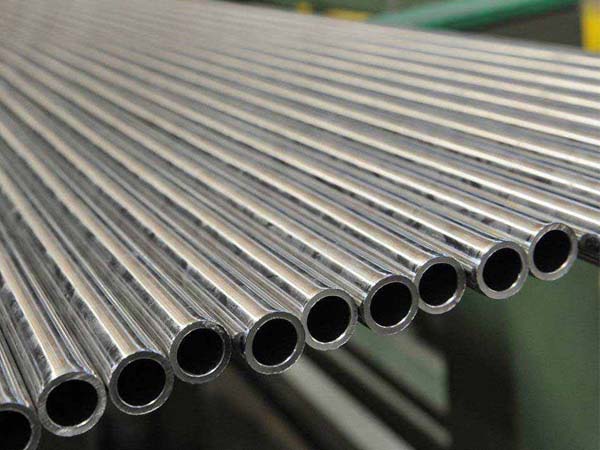
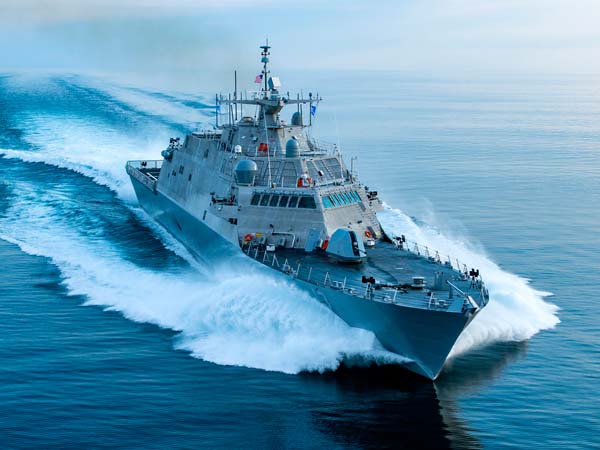
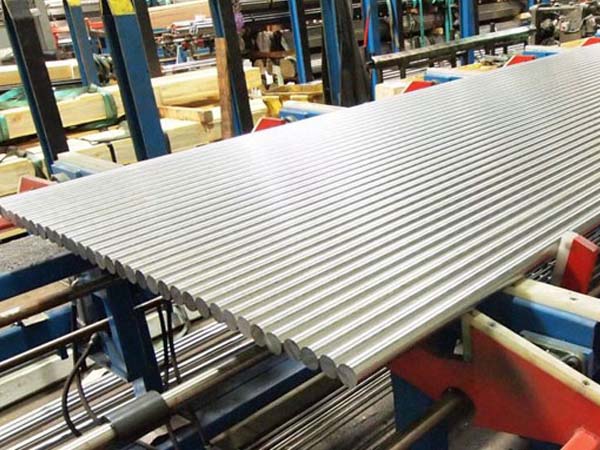
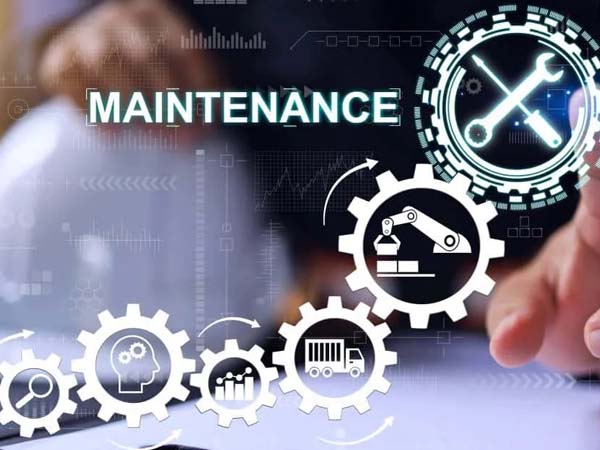
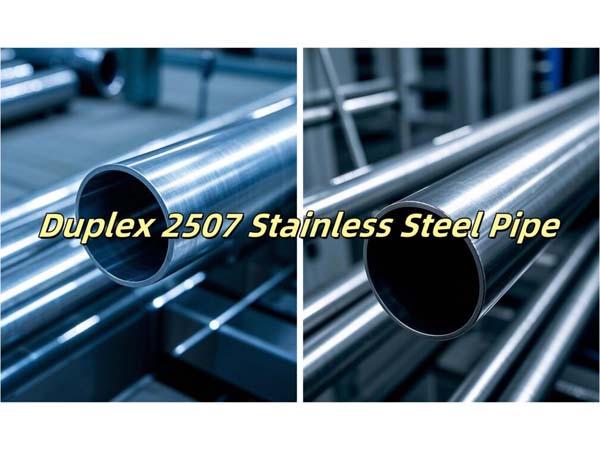

Phone
+86-731-82250427
Address
25th floor, C3 Building, Wanda Plaza, Kaifu District, Changsha, Hunan Province, China.
 May 24 2023
May 24 20231. Inspection standards for Stainless Steel pressure vessels
The basis for the implementation of import and export pressure vessel inspection is the "Commodity Inspection Law" and the "Measures for the Supervision and Administration of Import and Export Boilers and Pressure Vessels."
The inspection of pressure vessels is based on the rationality of the pressure vessel structure, the strength of the pressure components, the quality of manufacturing and installation, the internal and external defects, and the accuracy and reliability of the safety accessories in accordance with the relevant laws and technical standards issued by the country. Test and make critical conclusions.
There are many standards involved in the inspection of import and export 304 pressure vessels. In summary, there are the following: 1. Regulatory regulations: This type of inspection standard is promulgated by the state and is mandatory. It is pressure vessel design, manufacturing, installation, operation and Regulations, procedures, or norms that must be followed in management.
This kind of statutory regulation is an important basis for pressure vessel inspection. In China, there are "Interim Regulations on Safety Supervision of Boiler and 316 Pressure Vessels", "Regulations for Safety Supervision of Pressure Vessels", "Design Regulations for Steel Petrochemical Pressure Vessels", "Examination Rules for Welders of Boiler and 316L Pressure Vessels", and "Qualifications for Nondestructive Testing of Boiler and Pressure Vessels Assessment Rules" etc.
Regardless of whether it is an imported or exported container, if a certain item does not meet such regulations, the pressure vessel cannot be used.
2. Specific technical regulations: There are many technical standards related to pressure vessel inspection. Such standards include material standards, material test standards, material acceptance standards, parts standards, product standards, process standards, process quality testing standards, etc. According to rough statistics, there are about 20 in my country. These standards are defined by a series of technical parameters and standards for product quality characteristics and are specific technical documents, which are measures of product quality.
In our country, such standards include national standards (GB), industry standards (JBYB), etc. and corporate standards.
3. Standards stipulated in the contract: In view of the particularity of pressure vessels, the Chinese government stipulates that the quality of import and export pressure vessels, especially the safety performance, shall not be lower than the provisions of current Chinese standards. Therefore, the contracting parties should pay attention to the content below the Chinese standard when conducting technical negotiations and signing the contract, and avoid being unable to use it because it does not meet the Chinese standard.
2. Pressure inspection items and inspection methods
1. Inspection scope: Import and export pressure vessel inspection includes the following scopes: pressure vessel design inspection, pressure vessel operation quality inspection, pressure vessel installation quality inspection, pressure vessel repair quality inspection, and pressure vessel operation quality inspection. In short, all items that can affect the safe operation of pressure vessels are within the scope of the inspection.
2. Inspection items and methods: The inspection of import and export 304l pressure vessels generally includes two major items. That is, design data review and entity inspection. According to inspection requirements, exporters can be sent to the factory for inspection and supervision, and importers can be sent abroad for manufacturing supervision or supervision.
(1) Review of design data: The review of design and manufacturing data not only examines whether the data is complete, but also whether the data meets the requirements.
Information review includes the following:
Whether the equipment drawings, quality certificates, product certificates, etc. are complete and qualified. It shall include the material certification and strength calculation of the main pressure components, welding certification, welding process, heat treatment process, pressure test report, and other materials related to safety performance inspection.
Review of structural rationality. This includes the design and calculation of safety accessories.
(2) Physical inspection: using visual inspection, measuring tool inspection, non-destructive inspection, physical and chemical performance inspection, hydraulic test, and other methods, the appearance and internal quality of the pressure vessel body and main components are inspected.
The main items to be inspected are: pressure component material, appearance size and forming quality, weld quality, pressure quality, internal devices, and safety accessories are complete and effective, tube expansion quality, the geometric position of each pressure component and pressure performance Wait.
(3) Performance: The pressure vessel that has passed the technical data review and physical inspection shall undergo performance inspection as necessary to check its specified technical and economic indicators.
In addition to the above inspection items, for import and export 316 pressure vessels, the overall appearance, quantity, and packaging must be inspected according to the standards.
Three, other
At present, the specific types of import and export 316L pressure vessels listed as "legally inspected commodities" for inspection and quarantine are: various storage and transportation vessels, reaction vessels, heat exchange vessels, and separation vessels with a working pressure> 0.1Mpa, totaling 58 types in four categories. In addition, there are separate regulations for bad cars and gas cylinders, and the conditions for these two types of goods are described separately.
In addition to the independent import and export of pressure vessels, most of them also appear in the import and export trade with supporting equipment. Therefore, when signing contracts and technical negotiations, clear requirements should be made on the technical data, inspection standards, and inspection methods of pressure vessels in accordance with the relevant laws and regulations of our country to ensure the quality of the goods and the smooth progress of the inspection work.
